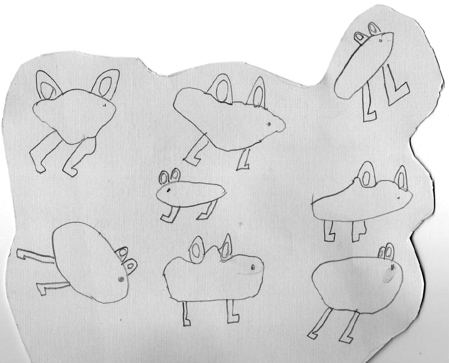Third in a series | First post in the series
In two earlier posts, I talked about compelling reasons for a congregation to grow, and I talked about strategies to not grow and remain about the same size. But what if you’re convinced that your congregation has no real possibility for growth? What do you do then? (And even if you’re all for growth, please read this post anyway — because by the end of the post, you’ll have even more reasons to grow.)
I can think of three types of congregations that are truly in decline: (1) The congregation is in a place that has seen declining population for some years, and all forecasts point to continued decline. (2) The congregation shares its service area with another Unitarian Universalist congregation that is growing, but the surrounding population is stable so the congregation faces ongoing loss of market share. (3) The majority of people in the congregation don’t want to change the way they do things in order to respond to changes in society around them. (You will notice that the second type of congregation could be considered a subset of the third type of congregation.) Of these three types of congregation, the third type is the most common, followed by the first type.
How do you determine if your congregation is truly in decline? It can be difficult to determine if your congregation is truly in decline, so it pays to study the matter carefully. Here are some ways to determine whether decline is actually taking place: Continue reading

